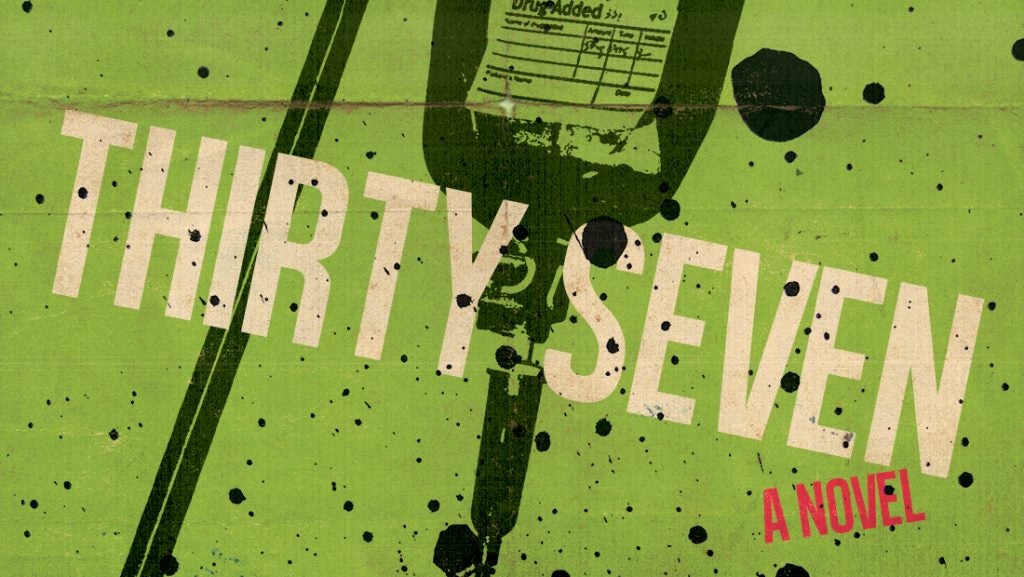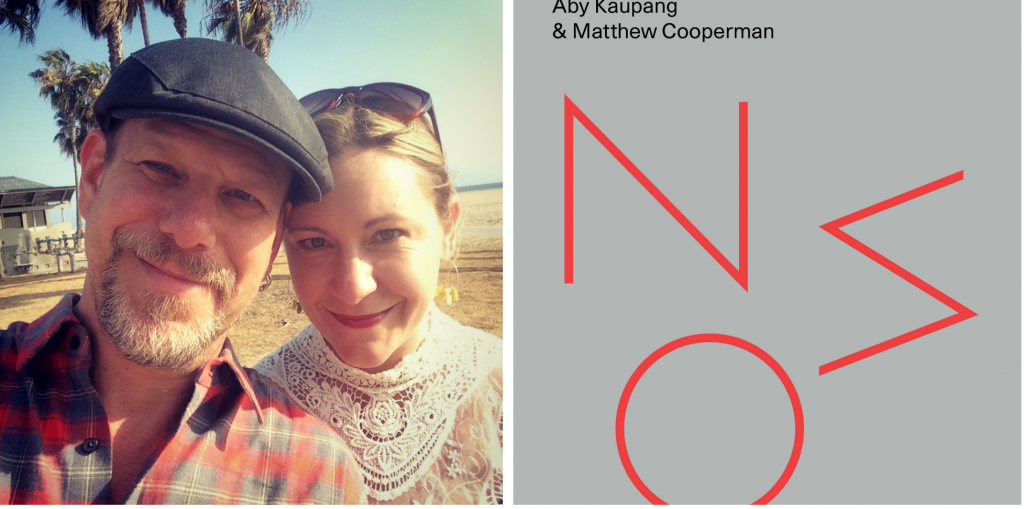Susan Fox Rogers’ Learning the Birds: A Midlife Adventure is a treat for readers who savored When Birds Are Near, Rogers’ 2020 anthology of contemporary birding essays by writers like J. Drew Lanham and Alison Townsend. Her solo venture offers three intertwined stories: Rogers’ initiation into the world of birding; a burgeoning romance between her and her birding partner; and a sustained reflection on what it means to be middle-aged. The author’s perspective expands and deepens, and tonally the chapters range through inquisitiveness, euphoria, restlessness, lonesomeness and fulfillment.
Rogers’ ease with language often brushes against poetry, but the writing is grounded by straightforwardness and humility. We learn as Rogers learns, we see as Rogers sees. Along the way we are feted with delightful birding vocabulary; by the end of the book we’ve become familiar with spark stories and twitching, and know what FOS and FOY mean. Bird names and nicknames, as well as descriptions of their songs, behaviors, and lore, are all delectable.
Rogers’ curiosity leads to digressions on science, history, and politics, facilitated with ease. At times, I wanted more – more about her, more about the birders she researches, more of her ruminations on environmentalism, feminism, friendship. Wanting more is one of the definitive traits of birders – they always want the next bird, the next identification, the next challenge. The reader becomes like the birder – flipping pages, looking ahead, excited for the next story.
There are some strong stand-alone chapters; I lingered over “The Other Leopold,” a slice of surreal and bittersweet history. (Readers may remember the piece, which initially appeared in Michigan Quarterly Review and then was selected for Best American Essays 2021.) It’s about Nathan Leopold, half the partnership of Leopold and Loeb, infamous for murdering a fourteen-year-old boy in 1924. It’s not a spoiler to say that Leopold is known to have loved birds. Like many chapters, this one will make readers consider what creates a love, what creates an obsession, and how human lives are made of disparate strands that somehow create a whole…or don’t.
“Back home I played the bird songs on my iPod hoping to graft them onto my heart. Would anything stick? The songs, the color of the outer tail feathers? The fleeting nature of it all unnerved me…Maybe what the birds would teach me is you can’t hold onto anything, not a bird, not a person. It seemed, at middle age, a good lesson to learn.”
Learning the Birds is not a book of philosophy, but it will make you think about why and how we live. Rogers’ relationships with humans are illuminating, particularly her relationship with Peter, who introduces her to the world of birds and becomes a true companion. There are also great friendships, birding mentors from both history and contemporary life and, because Rogers is a professor, stories about her students. The endearingly irrepressible Christina, an artist who falls in love with birds, is especially memorable.
The human characters are compelling, but the birds, of course, are the real draw, and through Rogers we learn what it means to love them. She becomes a dedicated early riser no matter where she is: in a cold swamp or at high altitude, in Arizona with her friend Deb, on the Hudson River in a kayak, in France, or on the edge of a trash dump. We are by her side, learning the birds as the author initially hoped she could – almost by “osmosis.” I read the book in winter near the shore of Lake Ontario, and once in a while a cardinal would flash by, inciting in me “the tension of paying attention.” It is an exquisite tension, even as Rogers reminds us about the species we’re losing, the habitats we’re destroying, reminds us of the history of women birders we may have already lost because, well, who was paying attention to them?
The French word “essai” means to try. Trying to learn, trying to love, trying to teach, trying to discover – the book’s chapters are essays in the truest sense; trying is at the heart of Learning the Birds. Rogers synthesizes details from her walks and travels, irresistible bits of history and science, ultimately building essays that wander, plummet and soar. As she tries to keep track – to list the birds, to count them, to understand the importance of the listing and counting – we, too, learn the importance of naming, of noting, of trying. Things are made visible in this book – birds, love, habitats, ambitions – but things disappear, too. Middle age is an adventure that acknowledges loss: when you can be near the birds, when you can be near someone you love, be near them. “Without curiosity there are no birds,” Rogers says. Without curiosity, there is no reader, there is no adventure, no love.
Susan Fox Rogers learns that to find birds, you go where the birds are. If you’re lucky, sometimes you find things you didn’t even know you were looking for. When I think about the lost birds, when I lament the women ornithologists, birders or bird lovers who were ignored by history, I’m grateful for this writer’s generous, essaying heart.







